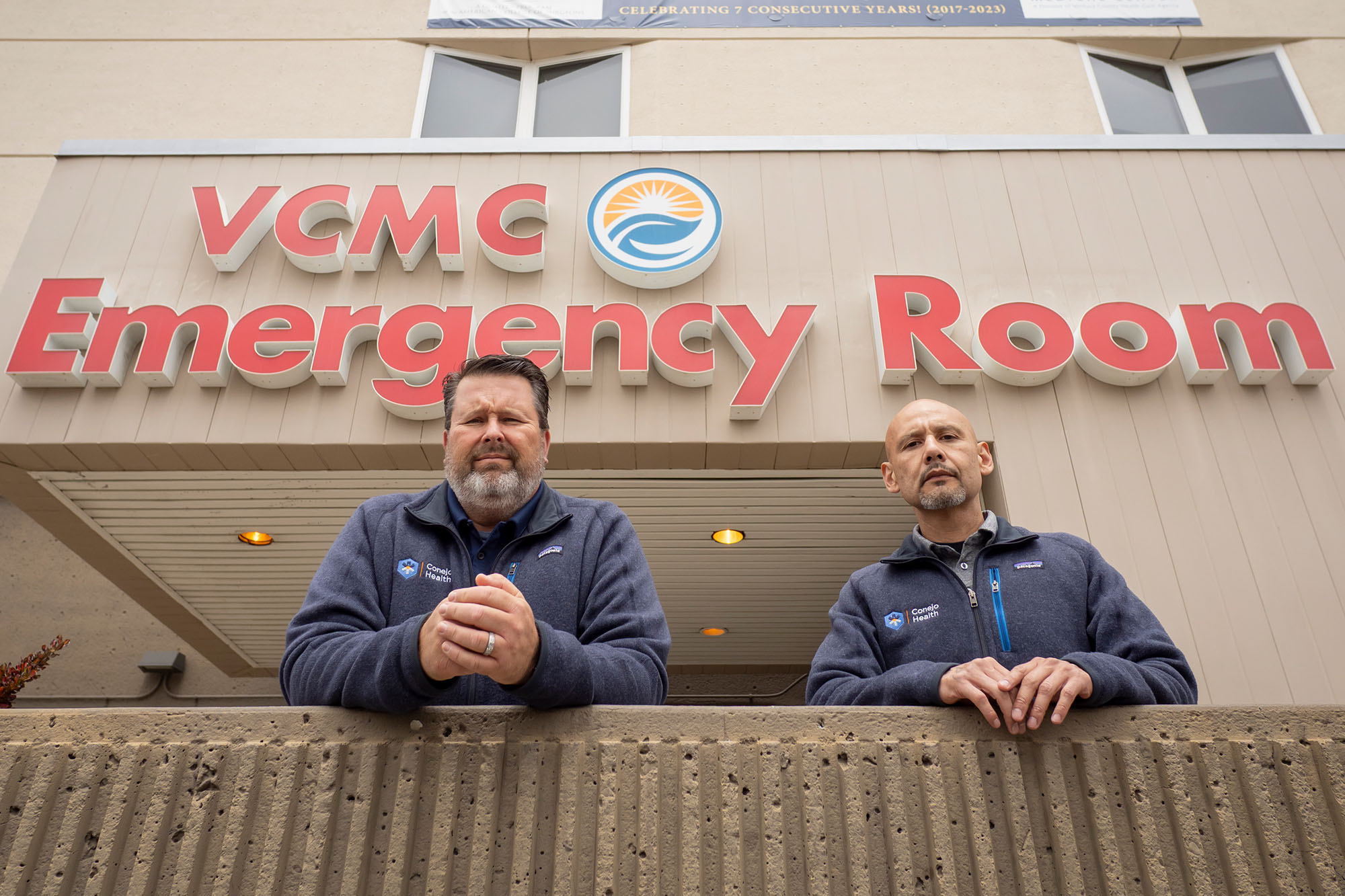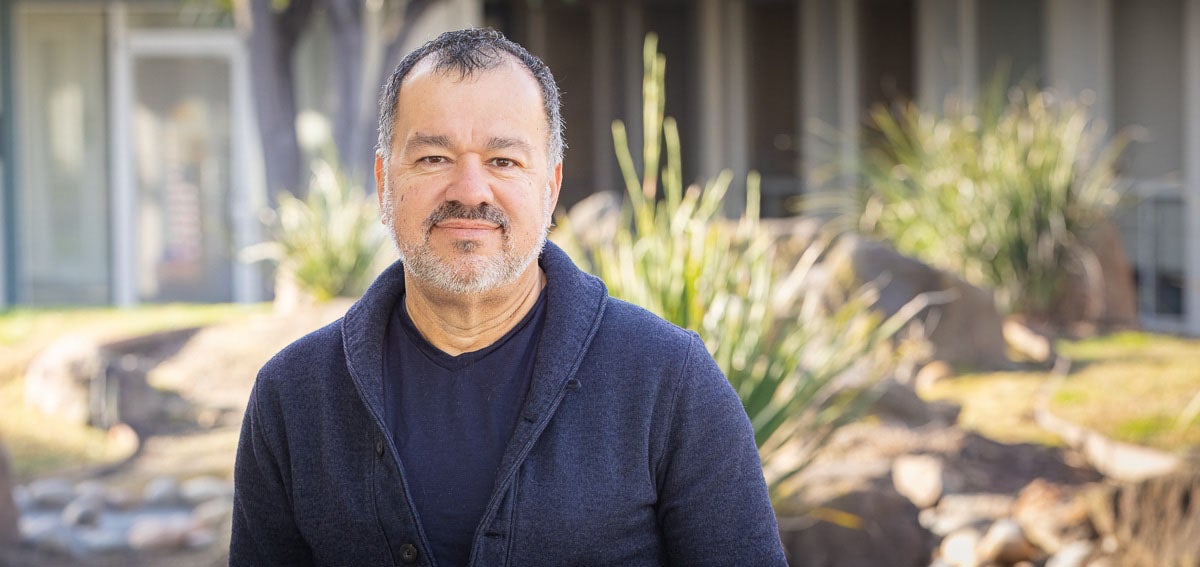A key aspect of improving behavioral health integration and managing costs is more effective integration of substance use disorder treatment into primary care and other settings. This resource page from the California Improvement Network (CIN) consists of a short list of relevant resources, to help health organizations more effectively integrate medical, behavioral health, and substance use disorder care.
Resources are organized reverse chronologically and cover the following topics:
- Getting Started: Clinical and Care Coordination Frameworks
- Behavioral Health Integration and Managing Costs
- Opioid Addiction Treatment
- Alcohol Use Disorder Treatment
- Additional Reading
Getting Started: Clinical and Care Coordination Frameworks
These resources will help providers and care teams better understand recommended frameworks for effective care coordination between behavioral health and medical care.
CHCF’s Behavioral Health Integration Collection
A constantly updated resource from CHCF that includes publications on addiction services supply and demand, sharing data between medical and substance abuse treatment providers, services for youth, workforce analysis, and other California issues.
Overcoming Data-Sharing Challenges in the Opioid Epidemic
Federal confidentiality rules, such as the “Part 2” rules, can be a stumbling block for primary care practices seeking to integrate substance use disorder treatment. This paper summarizes the rules and outlines steps that practices can take to coordinate care and stay within the law. (Robert Belfort and Alex Dworkowitz, California Health Care Foundation, July 18, 2018)
Audio Resource: Addiction Treatment Demystified: Proven, Practical Steps for Complex Care
(Corey Waller and Catherine Mather, Institute for Healthcare Improvement, June 21, 2018)
Integrating Substance Use Disorder Services with Primary Care: The Experience in California
(Howard Padwa et al., Journal of Psychoactive Drugs, Sept./Oct. 2012)
Evolving Models of Behavioral Health Integration in Primary Care
A rubric of different models of behavioral health integration. (Chris Collins et al., Milbank Memorial Fund, May 25, 2010)
Behavioral Health Integration and Managing Costs
These resources describe the cost implications for different integrated care delivery models, as well as barriers and solutions related to regulation and funding models.
Crunching the Numbers on Integrated Care
Data from the California Regional Health Care Cost and Quality Atlas make the case for integrated delivery systems. (Jessica Bylander, Health Affairs, Sept. 2018)
Evaluation of the Behavioral Health Integration and Complex Care Initiative in Medi-Cal
A large Medi-Cal managed care plan addressed challenges in accessing health care for 7,000 enrollees with multiple chronic conditions. The initiative increased staffing for care management, care coordination, and behavioral health integration. (Todd P. Gilmer et al., Health Affairs, Sept. 2018)
State Strategies for Integrating Physical and Behavioral Health Services in a Changing Medicaid Environment
(Deborah Bachrach, Stephanie Anthony, and Andrew Detty, The Commonwealth Fund, Aug. 28, 2014)
The Role of Continuing Care on 9-Year Cost Trajectories of Patients with Intakes into an Outpatient Alcohol and Drug Treatment Program
(Sujaya Parthasarathy et al., Medical Care, June 2012)
Opioid Addiction Treatment
These resources detail how organizations are reversing opioid addiction using medication-assisted treatment in the emergency department, during primary care visits, while providing ambulatory care, and at the patient’s home.
Treating Addiction in the Primary Care Safety Net: Implementation and Lessons Learned
A project summary of a Center for Care Innovations’ program that provided tailored technical assistance on implementing and sustaining medication-assisted treatment services to address opioid addiction. (Center for Care Innovations, July 17, 2018)
Opioid Safety Video and Webinar Library
The California Opioid Safety Network’s library of videos and webinar recordings of best practices regarding opioid addiction treatment. Covers topics ranging from treating opioid addiction in the emergency department to treating opioid overdoses.
Approaches to Opioid Use Disorder Medication-Assisted Treatment Guideline (PDF)
San Francisco Department of Public Health offers prescribing assistance for providers, clients, and the interested general public to increase the effectiveness and safety of opioid use disorder medication-assisted treatment in the ambulatory care setting. (San Francisco Department of Public Health, Nov. 2, 2017)
Recommendations for Take-Home Naloxone (PDF)
San Francisco Department of Public Health’s info sheet on take-home naloxone, an overdose-reversing medication. Covers methods for clients to obtain naloxone, different factors that should be considering when selecting a naloxone product, and tips for client education. (San Francisco Department of Public Health, Nov. 2, 2017)
Alcohol Use Disorder Treatment
These resources identify the different components of Screening, Brief Intervention, and Referral to Treatment (SBIRT) and offers guidance on approaching alcohol use disorder.
Screening, Brief Intervention, and Referral to Treatment (SBIRT)
Website from the Substance Abuse and Mental Health Services Administration includes links to research and an app for physicians and other health care staff.
Approaches to Alcohol Use Disorder Medication-Assisted Treatment Guideline (PDF)
(San Francisco Department of Public Health, July 7, 2016)
Additional Reading
Substance Use in California: A Look at Addiction and Treatment
CHCF’s Almanac publication provides an overview of substance use and addiction in the state. (Wendy Holt, California Health Care Foundation, Oct. 3, 2018)





